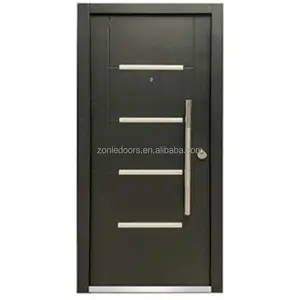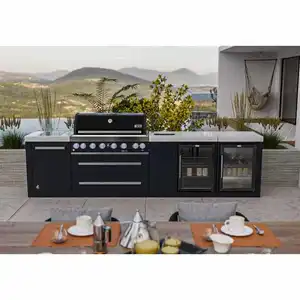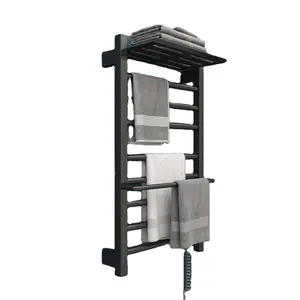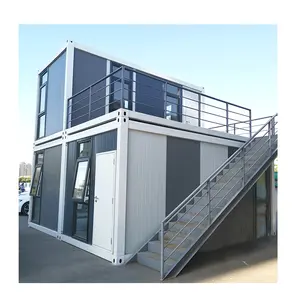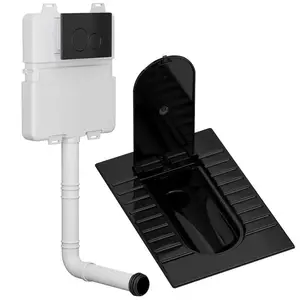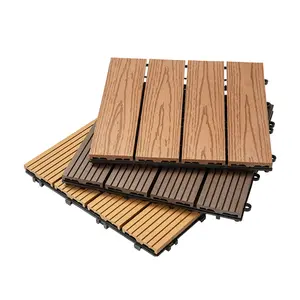Popular in your industry














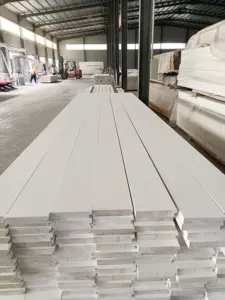












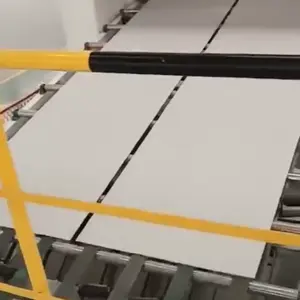






































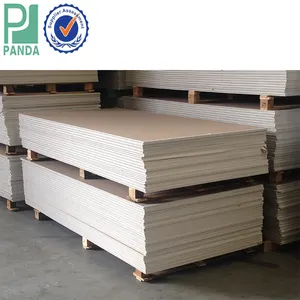





Related Searches:






























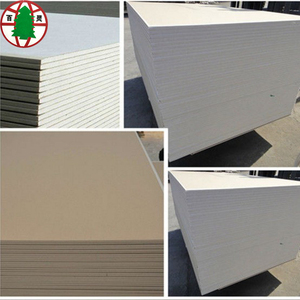























































































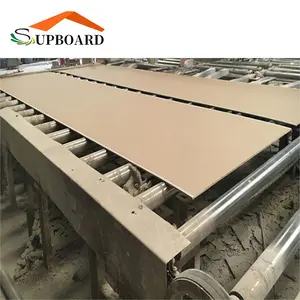
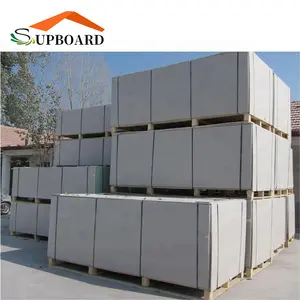


































Top categories
About plasterboards
What are Plasterboards
Plasterboards, also known as gypsum boards or drywall, are a widely used building material for walls and ceilings. Comprised of a core of gypsum plaster pressed between two thick sheets of paper, plasterboards are favored for their ease of installation and versatility. They are particularly prominent in the construction of interior walls and ceilings due to their ability to provide a smooth, paintable surface quickly and efficiently.
The core material, gypsum, is a mineral known for its fire-resistant properties. When exposed to heat, it releases water vapor, which helps to lower the temperature of the surrounding materials and slow the spread of fire. This makes plasterboards an essential component in meeting building safety codes and regulations.
Plasterboards come in various sizes and thicknesses, catering to specific needs such as soundproofing, moisture resistance, and fire protection. They can be easily cut to size and are typically installed by fastening them to the wooden or metal framework of a structure. Once in place, the joints between boards are taped and finished with joint compound to create a seamless base for painting or wallpapering.
Designed primarily for professional contractors and builders, as well as DIY enthusiasts undertaking renovations or new construction projects, plasterboards represent a cost-effective and efficient way to create partitions, coverings, and linings in residential and commercial spaces.
Types of Plasterboards
In the vast world of construction materials, plasterboards stand out for their adaptability and specialized applications. Let's explore some common types:
Standard Plasterboard: This is the most commonly used type, ideal for general applications in residential and commercial buildings. It provides a smooth finish and can be used on walls and ceilings.
Moisture-Resistant Plasterboard: With a water-repellent core, this plasterboard is suitable for areas prone to high humidity such as bathrooms and kitchens.
Fire-Resistant Plasterboard: Enhanced with special additives that increase its fire resistance, this type is used in spaces requiring higher fire safety standards.
Soundproof Plasterboard: This variety has a higher density or added materials designed to dampen sound transmission, making it perfect for theaters, recording studios, or any space where acoustic performance is crucial.
Impact-Resistant Plasterboard: Toughened with fibers or additional layers, these boards are designed to withstand knocks and bumps in high-traffic areas such as schools or hospitals.
Each type is engineered with particular characteristics that cater to different performance requirements found across various building environments.
How to choose Plasterboards
Selecting the right plasterboard for your project requires careful consideration of several factors. The intended application plays a crucial role; whether it's for a hotel lobby or a hospital ward will determine the necessary features like moisture resistance or soundproofing. The specific type of plasterboard should align with project demands—moisture-resistant variants for wet areas like kitchens or bathrooms; fire-resistant boards where safety regulations demand higher fire ratings; or soundproof options for spaces where noise reduction is paramount.
Material choices should also be scrutinized; natural gypsum provides traditional benefits while other composites might offer enhanced durability or specific advantages like lighter weight. The design style of the space will influence the selection too—modern interiors might call for sleek finishes that some plasterboards can readily accommodate.
Furthermore, functionality cannot be overlooked—features like heat insulation or mold resistance may be necessary depending on the climate or building use. And if your project involves unique architectural elements like artistic ceilings or curved walls, flexible plasterboard options exist to meet those needs.
Ultimately, businesses must weigh these specifications against cost considerations and supplier reliability—factors that Alibaba.com simplifies through its comprehensive marketplace platform.
Best Plasterboards on Alibaba.com
Alibaba.com stands as a global marketplace connecting buyers with a diverse array of suppliers offering an extensive selection of plasterboards suitable for any construction need. With over two decades of experience fostering international trade relations, Alibaba.com has become synonymous with reliability and variety in the B2B sector. Whether you're searching for standard plasterboard for a straightforward project or specialty boards featuring sound insulation or moisture resistance for more demanding applications, Alibaba.com hosts an abundance of options from trusted suppliers worldwide.
Customers on Alibaba.com benefit from detailed product descriptions accompanied by supplier profiles that ensure informed purchasing decisions. Moreover, with services like Trade Assurance, buyers have peace of mind knowing their transactions are protected until delivery is confirmed. The platform's commitment to simplifying business globally resonates through its multilingual support system and user-friendly mobile interface—making it convenient to conduct business transactions anytime, anywhere.
When sourcing plasterboards via Alibaba.com, businesses not only gain access to products that span across all specifications but also enjoy streamlined purchasing processes tailored to their unique project needs—whether that involves bulk orders for large-scale construction or customized solutions for niche applications.
Common FAQs for Plasterboards
What are the main benefits of using plasterboards in construction?
Plasterboards offer a quick and efficient solution for creating smooth, paintable surfaces on walls and ceilings. They are lightweight, easy to install, and can provide additional properties such as fire resistance, sound insulation, and moisture resistance depending on the type used.
How do I determine the right thickness of plasterboard for my project?
The appropriate thickness of plasterboard depends on the specific requirements of your project, such as the level of insulation needed, the amount of wear and tear the wall is expected to endure, and whether it will be a load-bearing wall. Common thicknesses range from 9.5mm to 25mm.
Can plasterboards be used in high-moisture areas like bathrooms and kitchens?
Yes, there are moisture-resistant plasterboards available that are specifically designed for use in high-moisture areas. These boards have a water-repellent core and face paper that resist moisture penetration, making them suitable for bathrooms, kitchens, and other wet environments.
What type of plasterboard is recommended for soundproofing purposes?
For soundproofing purposes, it is best to use acoustic plasterboards that are specifically engineered with higher density or have additional materials incorporated into their core to reduce sound transmission.
Are there environmentally friendly options for plasterboards?
Yes, there are plasterboards made from recycled materials. Some products focus on sustainability by reducing the environmental impact during manufacturing and by using recycled content in the core or paper lining.
Do plasterboards have different fire ratings?
Plasterboards come with varying levels of fire resistance. Some boards contain special additives or reinforcements that enhance their fire-retardant properties. It's important to choose a board with a fire rating that meets the building codes and safety requirements of your project.
How do you install plasterboard on curved surfaces?
Flexible plasterboard is available for applications involving curved surfaces. These boards are designed to bend without cracking, allowing them to conform to the shape of arches or rounded walls.
Can you paint directly onto plasterboard?
Yes, once plasterboard has been properly installed and finished—with all joints taped and sealed with joint compound—the surface can be primed and painted just like any other wall surface.
Is it possible to mount heavy items on plasterboard walls?
Mounting heavy items on plasterboard walls requires the use of special fixings designed for drywall. These anchors or toggle bolts provide support by spreading the load over a wider area or by anchoring into the wall studs.
How do you properly finish joints between plasterboard panels?
Finishing joints between plasterboard panels involves taping over seams with joint tape and then covering the tape with joint compound. After drying, the compound is sanded smooth to create a seamless surface ready for painting or wallpapering.
What is the difference between paper-faced and fiberglass-faced plasterboard?
Paper-faced plasterboard has a paper liner on both sides which provides a smooth finish ready for decoration. Fiberglass-faced plasterboard uses a fiberglass mat instead, which offers greater mold and moisture resistance than traditional paper-faced boards.
Can plasterboard be used as a ceiling solution?
Absolutely, plasterboard is commonly used in ceiling installations due to its lightweight nature and ease of handling. It provides a flat surface that can be decorated just like walls.
What should I consider when choosing between different ceiling tile shapes?
The choice of ceiling tile shape should be based on aesthetic preference, ease of installation for the specific project layout, and any functional requirements such as acoustics or integration with lighting fixtures.
Are there specific types of screws or fasteners to use with plasterboard?
Yes, there are screws specifically designed for use with plasterboard known as drywall screws. They have sharp points and wide threads to grip into the gypsum core without damaging the surrounding paper surface.
How does one handle repairs on damaged plasterboard?
Small holes or dents in plasterboard can usually be repaired with joint compound or patch kits available at most hardware stores. Larger areas may require cutting out and replacing sections of the board before finishing as usual.
